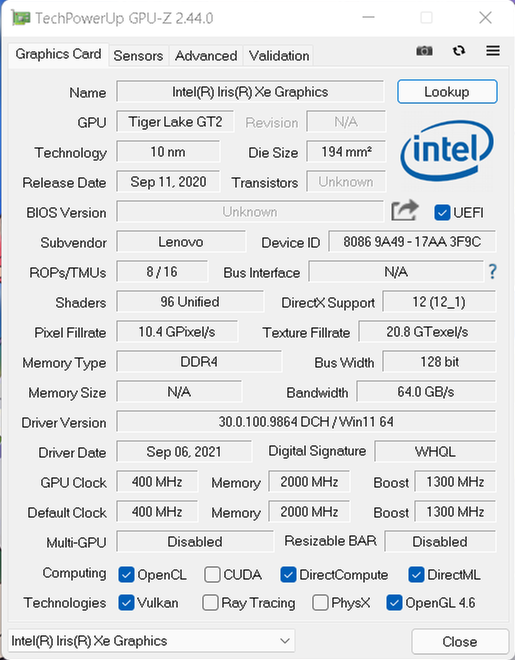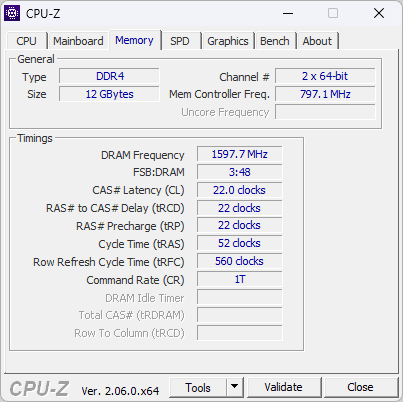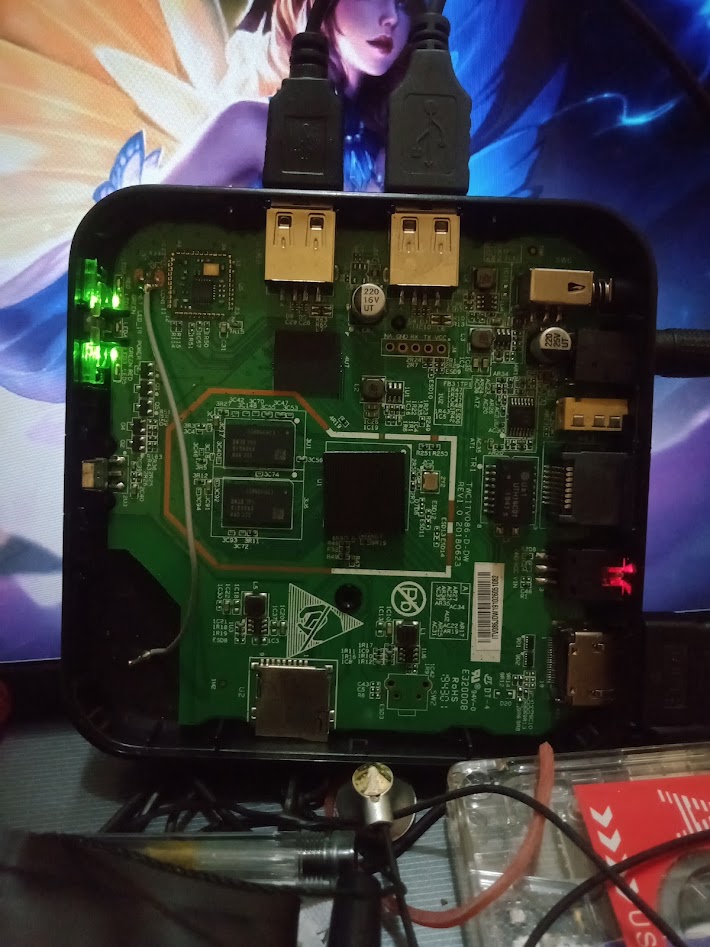Comparing: Intel Iris Xe Graphics (80EUs, Tiger Lake) [Disk] vs Samsung KLM8G1GETF-B041
In this comparison, we analyze two Disks: Intel Iris Xe Graphics (80EUs, Tiger Lake) [Disk] and Samsung KLM8G1GETF-B041, using synthetic benchmark tests to evaluate their overall performance. This side-by-side comparison helps users understand which hardware delivers better value, speed, and efficiency based on standardized testing. Whether you're building a new system or upgrading an existing one, this benchmark-driven evaluation offers valuable insights to guide your decision.
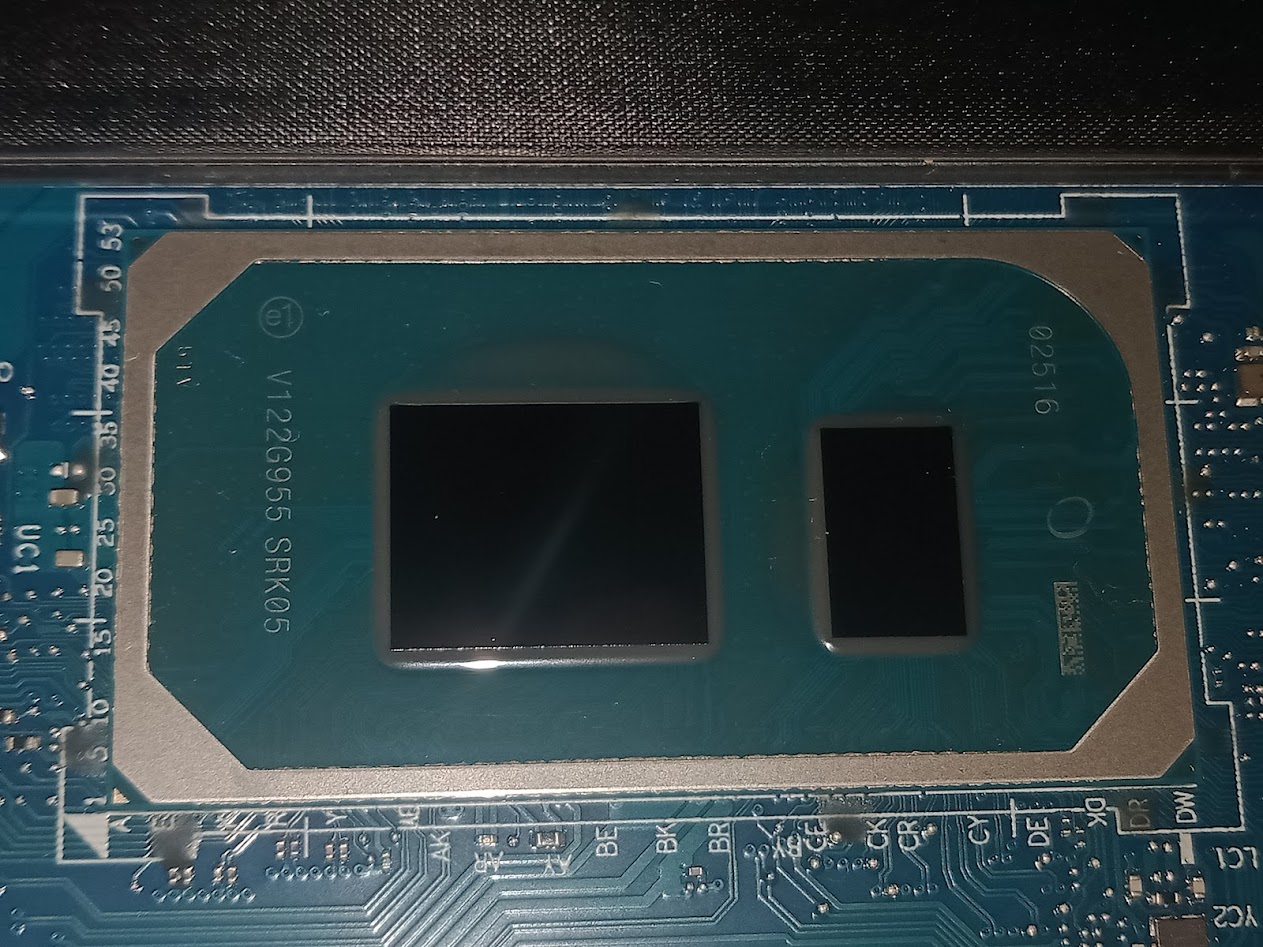
Intel Iris Xe Graphics (80EUs, Tiger Lake) [Disk]
| Type: | Disks |
|---|---|
| Model: | Intel Iris Xe Graphics (80EUs, Tiger Lake) [Disk] |
| Capacity: | 2GB |
| Interface: | DDR4 |
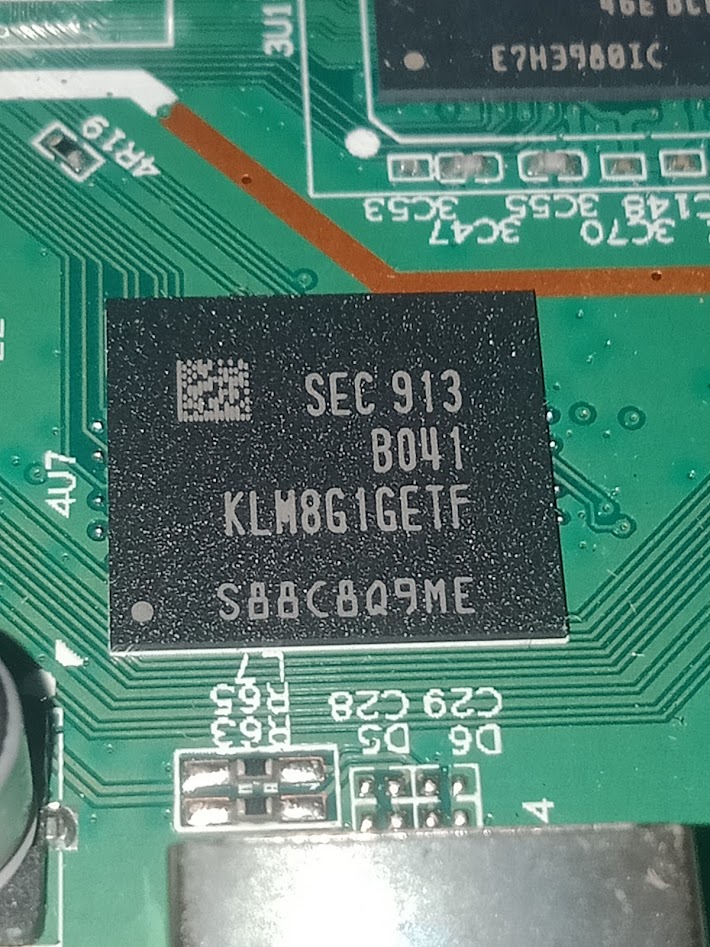
Samsung KLM8G1GETF-B041
| Type: | Disks |
|---|---|
| Model: | KLM8G1GETF-B041 |
| Capacity: | 8GB |
| Interface: | HS400 BGA153 |
Specification Comparison Table
This specification comparison presents technical details of several devices or components to help you understand the key differences between each option. Use this table as a reference to determine which device best suits your needs.
| Specification | Intel Iris Xe Graphics (80EUs, Tiger Lake) [Disk] | Samsung KLM8G1GETF-B041 |
|---|---|---|
| Brand | - | Samsung |
| Format | VRAM Disk | eMMC |
| Capacity | 2GB | 8GB |
| Interface | DDR4 | HS400 BGA153 |
Submission Comparison Table
This submission comparison table displays the number and details of benchmark data submissions from various devices or components. This information helps you understand the performance based on the benchmarks that have been tested, as well as providing an overview of the consistency and popularity of the available benchmark results.
Submission Comparison Chart
This chart visualizes the benchmark scores comparison between two hardware devices based on submitted data.
Media Gallery
A collection of photos of tested hardware. These images can help you identify the physical form, model, and variant of the hardware in question. These photos are from our own documentation, and if they are not available we may not be able to document them.
About Hardware Intel Iris Xe Graphics (80EUs, Tiger Lake) [Disk]
Intel Iris Xe Graphics (80EUs, Tiger Lake) is the integrated graphics solution (iGPU) of the 11th generation of Intel Core processors, specifically the Tiger Lake series. With 80 Execution Units (EUs) and support for Intel's latest graphics architecture, Iris Xe is capable of delivering significantly better performance than previous generations, including in terms of lightweight graphics rendering, 4K video playback, and casual gaming. Another advantage is its excellent power efficiency as it is directly integrated in the CPU, making it ideal for thin and power-saving laptops.
In this test, Iris Xe Graphics was configured to utilize part of its shared memory as a VRAMDisk. The VRAMDisk concept allows the use of a portion of VRAM-which in iGPUs like Iris Xe comes from the main system RAM-as high-speed storage. While not as fast as physical RAM-based RAMDisks, VRAMDisks on iGPUs still offer very high read/write speeds, mainly due to the optimization of the graphics architecture and the wide memory bandwidth.
The test was conducted on a Lenovo IdeaPad Slim 3i 14ITL6, with an Intel Core i5-1135G7 processor, 12GB DDR4 3200MHz dual channel RAM, and Windows 11 22H2 operating system. Based on data from dxdiag, the dynamically available VRAM reaches 6GB, and in this test, 2GB was allocated as VRAMDisk using GPU RAM Drive software.
Benchmark results from CrystalDiskMark show read speeds of 2758.52 MB/s and write speeds of 2109.43 MB/s. These speeds are significantly higher than SATA SSDs and even close to mid-range NVMe SSDs, making VRAMDisks on iGPUs an attractive experimental solution for temporary data caching, storage performance testing or other specialized scenarios. With a 128-bit bus width and support for 3200MHz DDR4 memory, Iris Xe VRAMDisk shows that even integrated graphics can be creatively utilized for high-speed storage tasks.
Device test (testbed):
Device: Lenovo IdeaPad Slim 3i 14ITL6
CPU: i5 1135G7
RAM: 12GB DDR4 3200MHz Dual Channel (8+4)
OS: Windows 11 22H2
Friday, 06 August 2021 04:34:19 | Update: 1 month ago
About Hardware Samsung KLM8G1GETF-B041
Samsung KLM8G1GETF-B041 is an 8GB eMMC storage module designed specifically for mobile devices, tablets, embedded systems, and various other compact electronic devices. Using eMMC 5.1 technology, this chip delivers balanced performance, high power efficiency, and long-term reliability in a space-saving and cost-effective package.
As an embedded storage solution, the module combines Samsung's high-quality NAND flash with an internal controller in a single BGA153 package. With the HS400 interface, the module is able to achieve data transfer rates that are capable enough to run lightweight operating systems, store application data, and handle basic file management processes. It is suitable for use in devices such as set-top boxes, Android TV, IoT devices, and light operating systems based on Linux or Android.
In tests using a FiberHome HG680-P device powered by Amlogic S905X with 2GB of RAM and AtvXperience (Android TV 6) operating system, the Samsung KLM8G1GETF-B041 recorded read speeds of 57.46 MB/s and write speeds of 37.79 MB/s on the Cross Platform Disk Test (Mobile). These figures show quite responsive performance for activities such as system booting, running light applications, and multimedia streaming.
Despite having only 8GB of capacity, this module is still relevant for scenarios that do not require large storage space, such as media players, lightweight Android-based systems, or IoT devices that perform specific functions. The lack of DRAM cache and the unstated TBW value indicate that this module is intended for light, less write-intensive workloads.
Overall, the Samsung KLM8G1GETF-B041 is a compact, efficient and reliable 8GB eMMC solution, ideal for embedded systems or devices with space and power constraints. For developers or system integrators who need stable performance embedded storage from a reputable brand, this eMMC is an option worth considering.
Device test (testbed):
Device: FiberHome HG680-P
CPU: Amlogic S905X
RAM: 2GB
Storage: 8GB
OS: AtvXperience (Android TV 6)
Wednesday, 14 June 2023 04:25:40 | Update: 1 month ago

